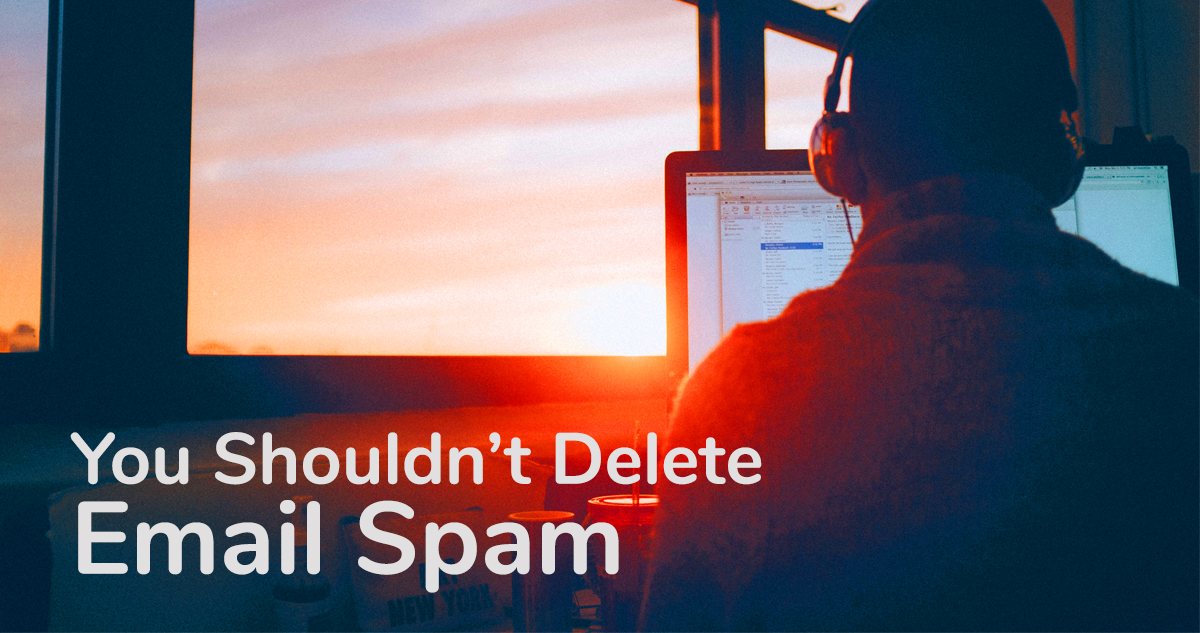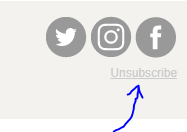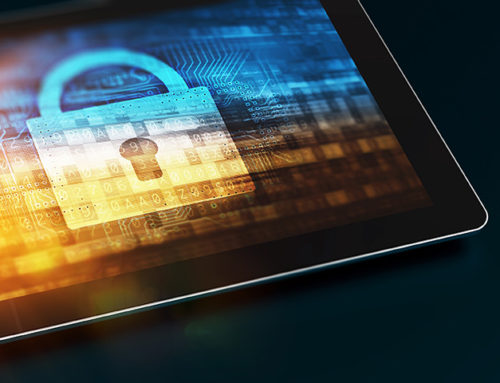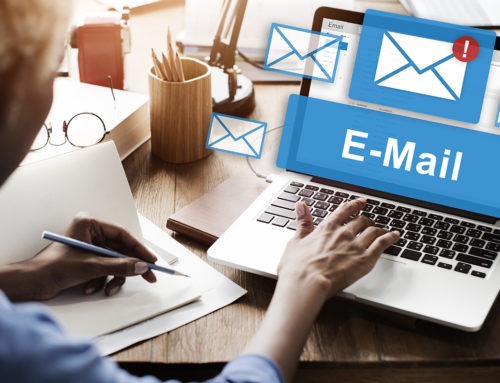
When I work with clients to help them get their technology under control, free up more of their time and raise their profit margin through better systems and automation, you wouldn’t think we’d spend a lot of time talking about how they manage their email inbox.
The truth is that a huge quantity of information, including potential sales, invoices and industry updates flow through email, and creating strong systems to properly manage and respond to those messages is essential to a healthy business.
I have often watched clients sit and reflexively click “delete,” sometimes once every few seconds, as their inbox is barraged with offers, newsletters, political and charity fundraising pleas, surveys, “quick tips,” daily affirmations, and more.
This is a type of spam that doesn’t typically get caught by your spam filter, because it’s more or less “legitimate.” They’re not trying to scam you or get you to buy fake handbags or pharmaceuticals — in fact, it’s very likely you signed up for these newsletters yourself.
But checking that oh so harmless “keep me up to date with special offers” box or opting in to weekly tips and tricks from your favorite software can quickly add up to absolute inbox overwhelm. It can happen so fast, without you noticing what’s going on until you can barely face opening your inbox anymore.
I’m here to tell you: stop clicking delete.
Instead, you should be opening these missives and finding the “unsubscribe” link.
Yes, really. For all of them.
 The unsubscribe link is usually at the bottom of an email. Sometimes they’ll make that link hard to find by making it grey on top of a grey background. But if it’s a legit company, it will be there. All companies and individuals that send out mass-emailings are required to include a one-click unsubscribe link.
The unsubscribe link is usually at the bottom of an email. Sometimes they’ll make that link hard to find by making it grey on top of a grey background. But if it’s a legit company, it will be there. All companies and individuals that send out mass-emailings are required to include a one-click unsubscribe link.
Many clients can’t picture what it would be like to only receive essential emails. Their inbox has been a source of chaos for so long that they think having to dig through insta-delete messages to get to their real work messages is as inevitable as the crashing of waves on the shore. But it’s is possible to go weeks – even months – without “junk” emails you have no interest in making it to your inbox.
The difference in focus when your inbox is not full of useless static is incredible, and it can make a huge impact on your work day, your business, and your stress levels.
“That seems like a lot of extra work.”
Yes, it’s going to take a few extra seconds versus just clicking the delete button. But these lists don’t ever just send one email – you’re probably receiving a minimum of 1 per month from each source, while others may send several times a week. Those few extra seconds this one time stops you from having to click delete on that source ever again, and gets you closer to your inbox being only useful.
“What about unsubscribe services like unroll.me? Wouldn’t that be faster?”
Almost all of these “free” unsubscribe services make their money by scanning your inbox and selling data about your preferences and shopping habits. If you’re okay with that, then yes, unsubscribe services can be faster to do the initial clean up.
If you are interested in maintaining your privacy from advertisers, political groups, and even hostile nations looking to create social mayhem by exploiting demographic trends, then you need to use individual unsubscribe links that are included in these nuisance emails. Sorry – but it will still be worth it.
“But I DO read this one sometimes, I just happened to delete it this time”
If you’ll allow me to be brutally honest: this is almost certainly not true.
When I ask clients when the last time they actually read a newsletter they are resisting unsubscribing from (even when they just deleted one without opening it right in front of me,) most can’t tell me — or they realize that the answer was over a year ago. Meanwhile, if this mailing list only sends twice a month, that means my client has had to delete at least 24 messages since the last time that list was actually useful to them. 24 emails that served only as interruptions to the precious flow of money-making and business-furthering information that is their inbox.
What’s much more likely is that you feel you ought to read that charity’s newsletter, or that industry tips sheet. Recognize what the reality is and remove those interruptions to your real work — and at the same time, you’ll be removing a source of guilt from your life! If you change your mind, you can always re-subscribe later.
For those rare cases where you actually do read an organization’s newsletter, you still don’t have to let them clutter your inbox, interrupt your flow, or distract you from time-sensitive emails. Set up an inbox filter that moves these messages to a folder where you can read them at your leisure (My folder that messages like this get filtered into is called “Spare time reading.”)
Have you unsubscribed from that noise-source? Good. Now you can delete it.
You aren’t helpless in the face of email newsletter overwhelm. Take charge of what makes it into your inbox and control what you spend your energy and attention on at work.




I have unsubscribe to unwanted spam email where my email address was obviously shared with individuals advertising sexual type information. Everytime I have tried to subscribe, it gets bounced back saying there us no such address or that the email recipient’s mailbox is full. How do I get rid of this crap once and for all?
Great question Teresa! If you find yourself unable to unsubscribe, odds are much higher that you are dealing with a scammer who is operating outside the law. Given the subject matter you’re being messaged about, the odds are even higher. You should use the “report spam” button on these (https://www.youtube.com/watch?v=0OJdiAPr5Bc), and may also want to set up some filters (https://www.youtube.com/watch?v=j0T4NnFixys) for unsavory keywords.